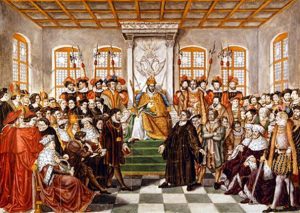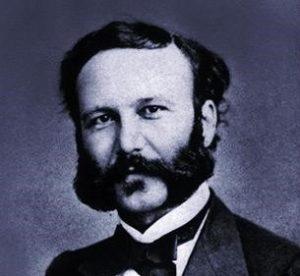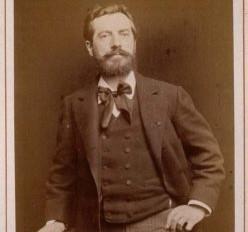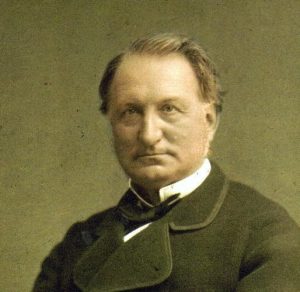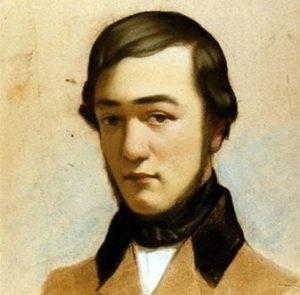He preferred painting to a banker's career
Pierre-Antoine Labouchère was born in Nantes on November 26, 1807. He was a descendant from a Huguenot family who had emigrated to the Netherlands at the time of the religious wars. His father was a ship-owner and consul of Nantes. Pierre-Antoine first went to England and then to Germany for his business studies. His father found him a place with an Antwerp merchant and later with the Baring Bros. Bank.
At the age of 20, Pierre-Antoine was sent by the bank to the United States. A little later he was to become a partner of the bank. In 1832, he went to China as supercargo officer (the officer responsible for the ship-owners’ interests) on board a Nantes-based ship belonging to his brother.
Painting however, had always been his major interest and in 1859 he gave up his career in commerce and went to Rome for a year’s study. There he met Paul Delaroche, who was to be his master and lifelong friend. In 1837 he returned to Paris to continue his studies under Paul Delaroche.
On May 23, 1839, he married Nathalie Mallet, the granddaughter of Christophe Oberkampf (founder of the Jouy-en-Josas manufacture). He travelled to North Africa, where he painted several watercolours. In 1846 he accompanied his cousin, M. de Salvandy, a minister under Louis-Philippe, on a trip to Algeria and Spain on the occasion of the wedding of Maréchal Bugeaud’s daughter. He was the official painter of the expedition.
His favourite subject : Luther
Between 1843 and 1870, he exhibited his work almost yearly at the Salon de Paris.
Deeply influenced by the faith of his ancestors, Pierre-Antoine Labouchère chose to represent scenes from the history of the Reformation ; a study of his paintings proves that each of the latter was preceded by conscientious historical research.
His paintings attracted much attention. He received a third class medal in 1843 for his painting Le Duc d’Aumale dans les bois d’oliviers (Musée de Chantilly), and a second class medal in 1846 for his painting Luther, Mélanchton, Poméranus et Cruciger traduisant la Bible.
Among numerous paintings he exhibited at the Salons featured three that can now be seen at the Musée du Désert near Mialet : Luther devant la Diète de Worms, Episodes de la guerre des Cévennes and Maximilien en prière au berceau de son fils.
He made several portraits of Luther and illustrated a book by J.H Merle d’Aubigné : La vie de Luther, published in 1862.
A devout protestant, he was an active member of the Société de l’Histoire du Protestantisme Français for which he wrote several articles and to which he bequeathed a collection of books and autographs. To the public library of Nantes, his birthplace, he bequeathed the rest of his collection of autographs. To the Société he likewise bequeathed his painting Jeanne d’Albret présentant son fils à l’armée protestante, actually in the Protestant church in Saint-Germain-en -Laye.
Pierre-Antoine Labouchère died in Paris on March 28, 1873 and was buried in the Père Lachaise cemetery.


